
 Advanced Performance Data Analysis Pathway
Advanced Performance Data Analysis Pathway
Experts in this Pathway
What You’ll Learn
Gain a deeper understanding of advanced techniques that can help you make informed decisions about your training.
Let’s Achieve Deeper Understanding
Power, pace, heart rate. Lactate. All kinds of graphs and charts. It’s easy to get hooked on the data on your endurance sports performance. Once you start down the path of analyzing your workouts and fitness, it’s easy to go really, really deep. Maybe too deep. In this Pathway we’re going to help you move from the basic principles of data analysis to more advanced and in-depth methods that provide even more useful information that can help you make informed decisions about your training. (If you have not already followed the Basic Performance Data Analysis Pathway, please do that first since this Pathway builds on the basics.)
Maybe you’re diving into WKO and building your own customized dashboards or incorporating data from additional sensors to inform recovery and readiness for training. As complexity builds, it becomes more important to select the data that is meaningful to you. That’s the beauty of it; as more data becomes available there are more choices to make the data work for your needs. That’s also the potential downfall; there is so much data to choose from that it can be easy to over-analyze and forget which way is up.
In this Pathway, you will hear from many of our regular contributors. Trevor Connor and Dr. Stephen Cheung dive deep into their analysis methods and metrics to improve how you analyze your workouts. You will also learn how different approaches to training can generate different outcomes, and why you should consider this when analyzing training sessions. Tim Cusick also gives his thoughts on the entire data revolution.
We use the term “deep dive” around here a lot. So when it comes to data analysis, this is your deepest dive yet.
The Data Revolution
Start your journey on this Pathway with a series of Fast Talk podcast episodes that dive into the entire Data Revolution by addressing questions such as, “Is FTP Dead?” and “Which Numbers Should I Use?”
Join Trevor and Chris as they speak with Tim Cusick, Dirk Friel, and Armando Mastracci, developers of well-known software packages WKO and Xert. Next, hear from Dean Golich, Performance Director at Red Bull and Chief of R&D for the Brooklyn Nets. Finally, you will get the athlete’s perspective from Joe Dombrowski of the EF Education First-Drapac World Tour Team to get his take on how the pros are reacting to the data revolution. Click below to listen to each Fast Talk episode.
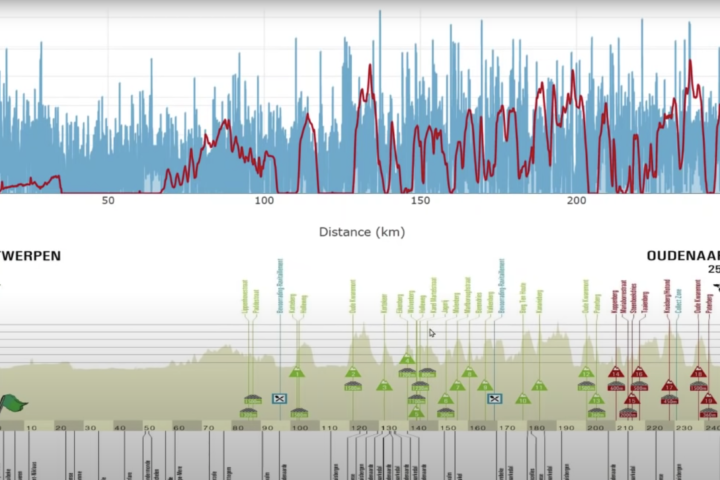
The Data Revolution—How A.I. and Machine Learning Will Make You Faster

Training As a Numbers Game
“As you escalate that level of difficulty of achieving goals, you need to start looking out and finding new ways of achieving those goals.”
– Dirk Friel

Is FTP Dead?
“...repeatability, execution, keep it simple, and test specific to your goal event.”
– Frank Overton
Application to Your Data Analysis
Next, open your training files, log into your various dashboards, and jump into the growing library of workshops where experts from different areas will highlight their methods and interpretation. These workshops are meant to provide you with an expert’s perspective on how the data is analyzed at a deeper level. Learn new ways to look at the numbers and graphs, find meaningful insights from your training sessions or races, and learn about new features in some of your favorite software packages.
Start with this workshop on analyzing data from a Whoop strap.
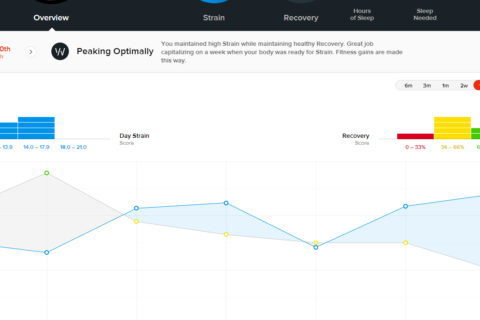
How to Analyze Whoop Data
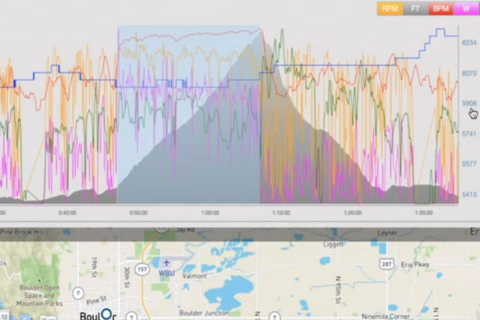
Coach’s Corner: Assessing 60- to 90-min Power to Support 20-min Test Data

Cardiovascular Drift, with Dr. Ed Coyle

The Most Powerful Features of Intervals.icu

Coach Connor’s Favorite WKO Features
Not All Intervals Are Created Equal
This may sound obvious at first glance, but dive into the nuances of different workouts to examine how pacing strategies and start strategies can dramatically affect the training stimulus you receive. Dr. Stephen Cheung will show you why understanding your athlete phenotype will help you create appropriate training sessions based on your expected outcomes based on your individual physiology.
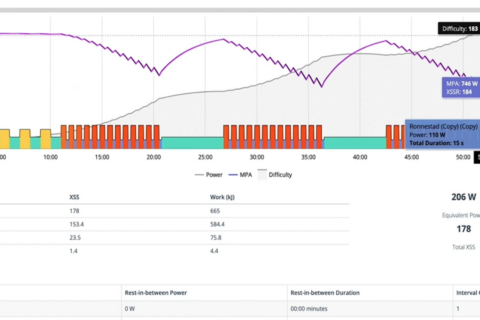
One Workout — Many Responses
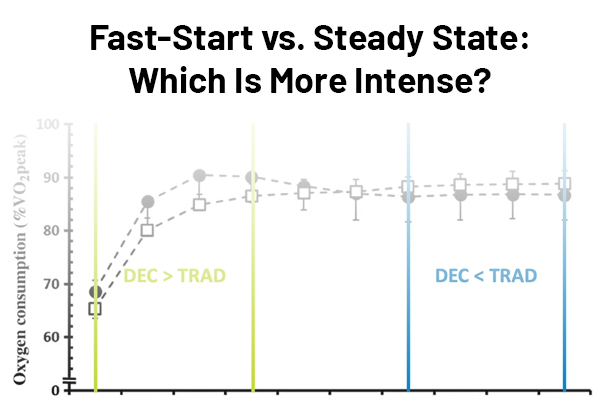
Intensity Changes Between Fast-Start and Steady Intervals, with Dr. Stephen Cheung
Still Need Help?
Our experts can help you interpret your training and racing performance data. Talk with us!





